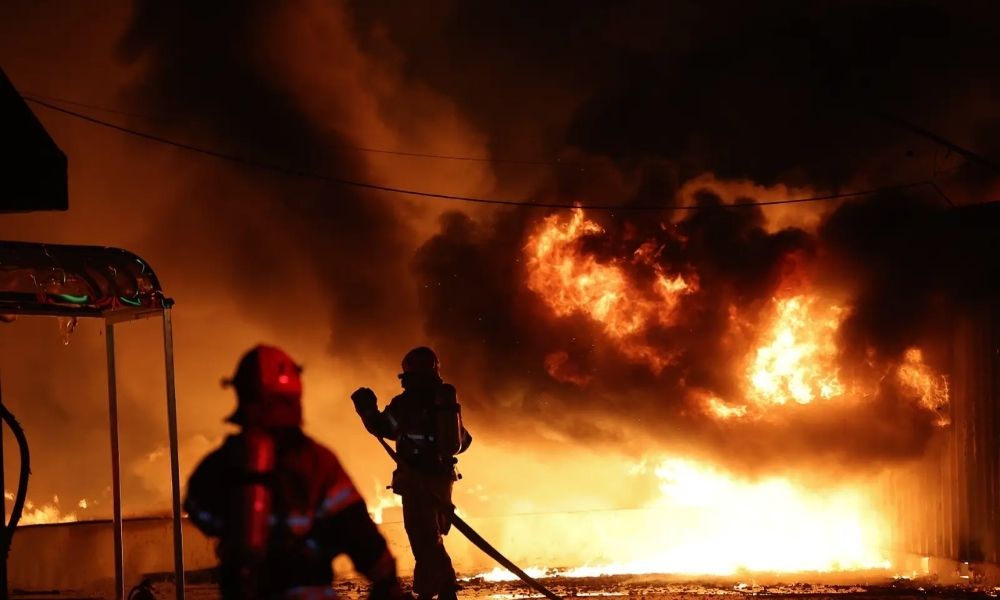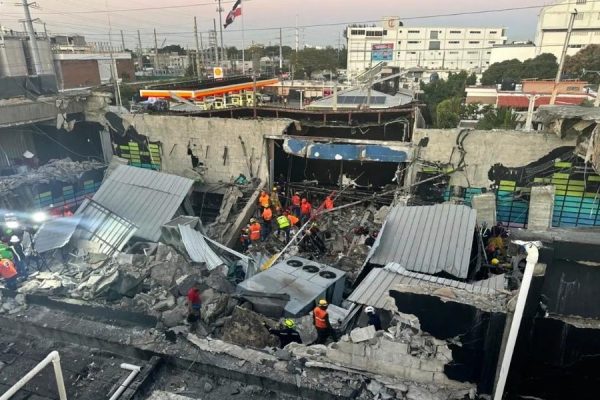SEOUL: South Korea is struggling to control wildfires that erupted across the southeast, killing four people and displacing thousands.
More than two dozen fires broke out over the weekend, destroying thousands of hectares of land and several structures.
Nearly 9,000 firefighters, police officers, and civil servants were deployed to contain the fires by Sunday night.
Authorities also dispatched 120 helicopters to affected areas, but dry and windy conditions made firefighting efforts challenging.
By Monday morning, four major fires were still burning, posing ongoing threats to communities and infrastructure.
How the Fires Started
The first wildfire started Friday afternoon in Sancheong, South Gyeongsang province, 300 km south of Seoul.
Authorities reported that a spark from a lawn mower ignited the fire, rapidly spreading across dry land.
As of Monday, the Sancheong wildfire had burned over 1,464 hectares (3,600 acres) and was still uncontained.
Four civil servants lost their lives while fighting the fire, according to Yonhap news agency.
Several other wildfires broke out Saturday in Euiseong, Ulju (Ulsan), and Gimhae, causing further devastation.
Evacuations and Damage
More than 2,740 people were forced to evacuate as flames threatened residential areas.
Most evacuees remain in emergency shelters as officials continue damage assessments.
At least 162 buildings have been damaged, including a historic temple in Euiseong.
The Euiseong wildfire, started by visitors paying tribute at a grave, had burned nearly 17,000 acres.
Firefighters continue to battle the flames as they struggle to protect homes and critical infrastructure.
Government’s Emergency Response
Then-acting Prime Minister Choi Sang-mok ordered authorities to prioritize evacuations and ensure firefighter safety.
The government declared a state of emergency for Ulsan and both Gyeongsang provinces.
Officials urged residents in high-risk areas to stay alert and follow evacuation orders immediately.
Emergency services remain on high alert as efforts to control the fires continue.
Despite ongoing firefighting operations, the risk remains high due to persistent dry conditions.
Why Wildfires Are Common in South Korea
Wildfires are common in South Korea, particularly between February and April when conditions are driest.
Experts warn that climate patterns could increase wildfire frequency and intensity in the coming years.
South Korea has faced severe wildfires in previous years, causing significant environmental and economic damage.
The government is exploring new measures to prevent future wildfires and improve emergency response systems.
Authorities continue to monitor weather conditions, hoping for rain to help contain the remaining fires.












